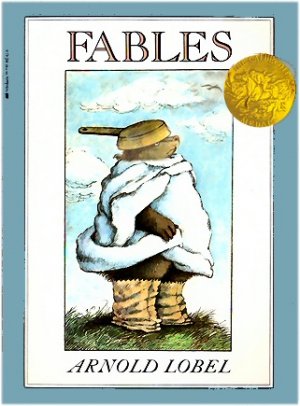

Readers may feel that the morals are confusing or preachy, but Lobel’s tongue-in-cheek humor makes sure they do not seem overly condescending. Because the fables are concise, they allow readers to consume them all at once or over time according to the readers’ preferences and abilities. Popularity: 4/5 These fables are quirky and the accompanying artwork is sure to spark the imaginations of young readers.The illustrations are rich and do not lose their luster after multiple readings. Quality: 5/5 Lobel’s fables masterfully combine the traditional story/moral format of Aesop, but his original fables bear his trademark humor and heart.The page-long fables are a great length for a quick read before bed and children can revisit their favorites out of order without worrying about disrupting narrative consistency.


Most of the morals are appropriate for the target age group, but some of them are weak, such as “when the need is strong, there are those who will believe anything” or “a locked door is very likely to discourage temptation.” The reader will forgive Lobel for morals that miss the mark, however, due to the delightful nature of the rest of the book. Each tale showed the animal characters in bizarre scenarios that entertain the reader and the artwork is hilarious and a joy to look at. These fables use anthropomorphic animals who find themselves in a variety of wacky situations, such as a bear who is convinced by a crow to go into town wearing a frying pan on his head and a pelican with atrocious table manners.Įvaluation: Lobel’s playful take on the fables genre is a treat to read. Each of the twenty fables is one page long and includes a moral lesson as well as a full page illustration. Summary: Arnold Lobel brings his original fables to life with his entertaining humor and eye-catching illustrations. Unfortunately, due to the age of the title, no other reviews were accessible. Reviews: Kirkus reviewed Fables in 1980 and said that it lacked depth and subtlety: “there’s not a jot of wit, wisdom, style, or originality in these 20 flat and predictable items”. Reader’s Annotation: Have you ever seen a camel in ballet shoes or a wolf disguised as an apple tree?

A very short biography is available at HarperCollins. He is best remembered for his iconic Frog and Toad series, the first of which received a Caldecott Honor.


 0 kommentar(er)
0 kommentar(er)
